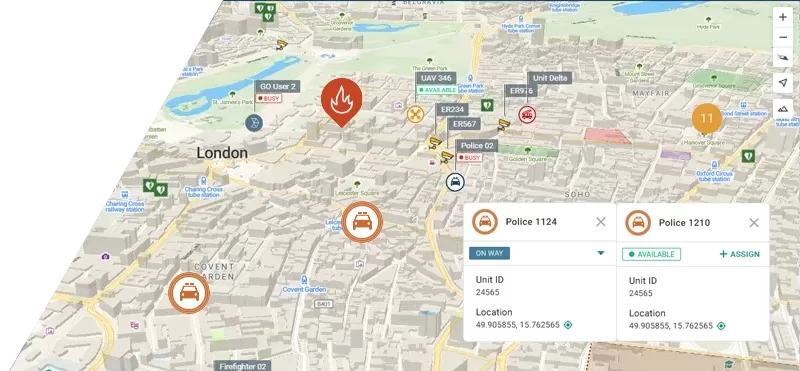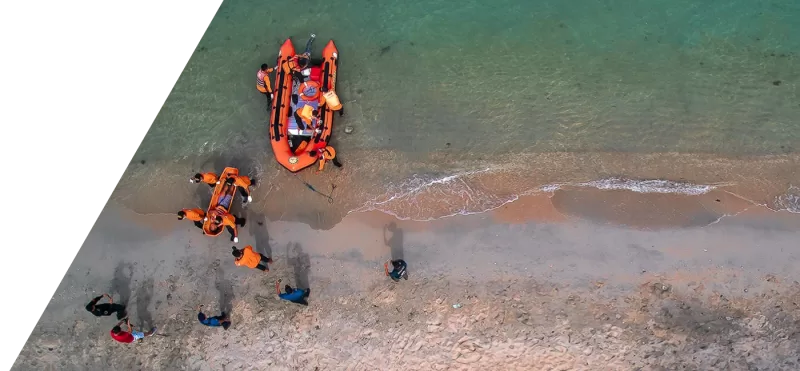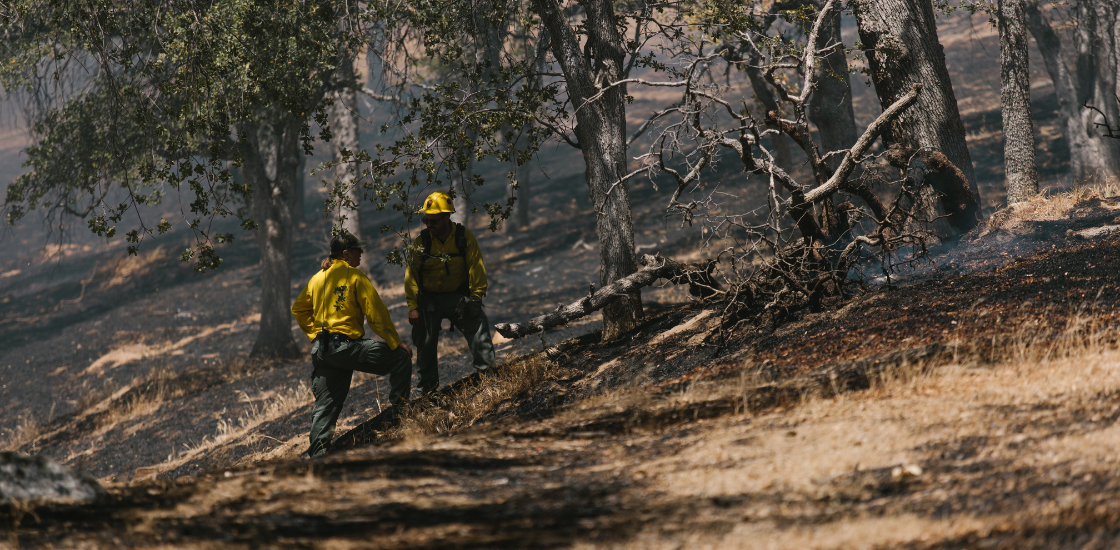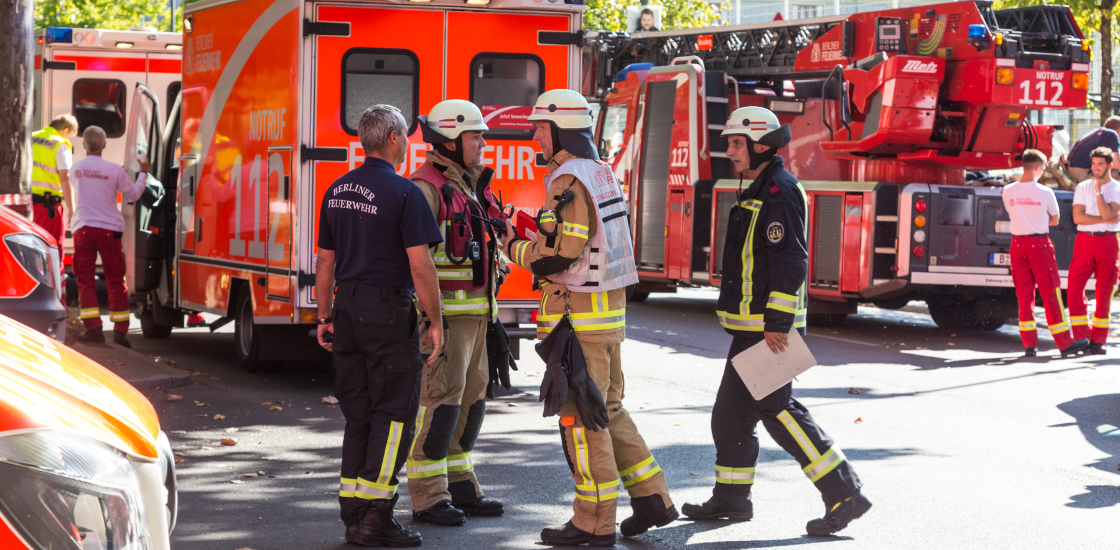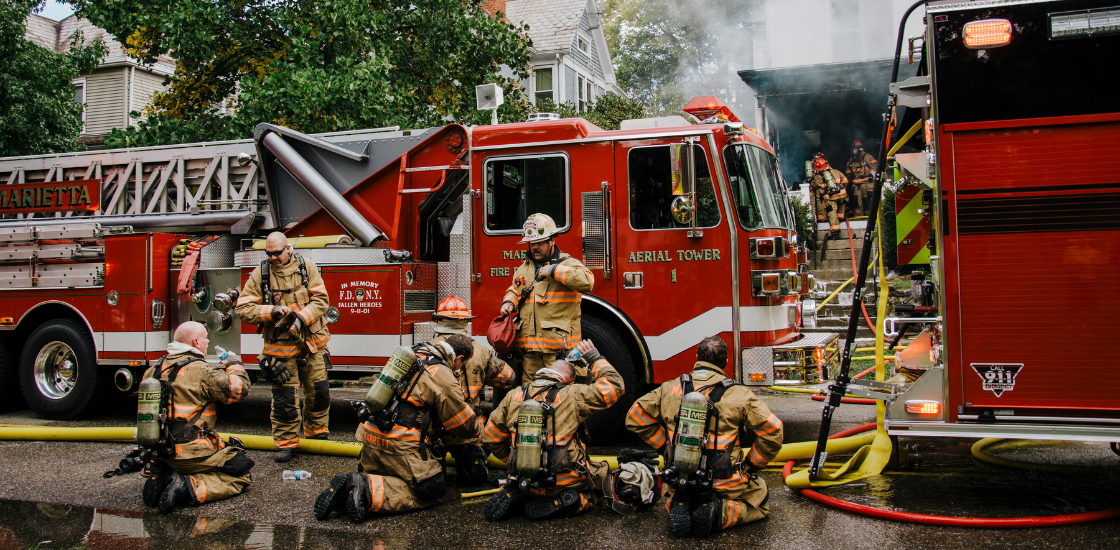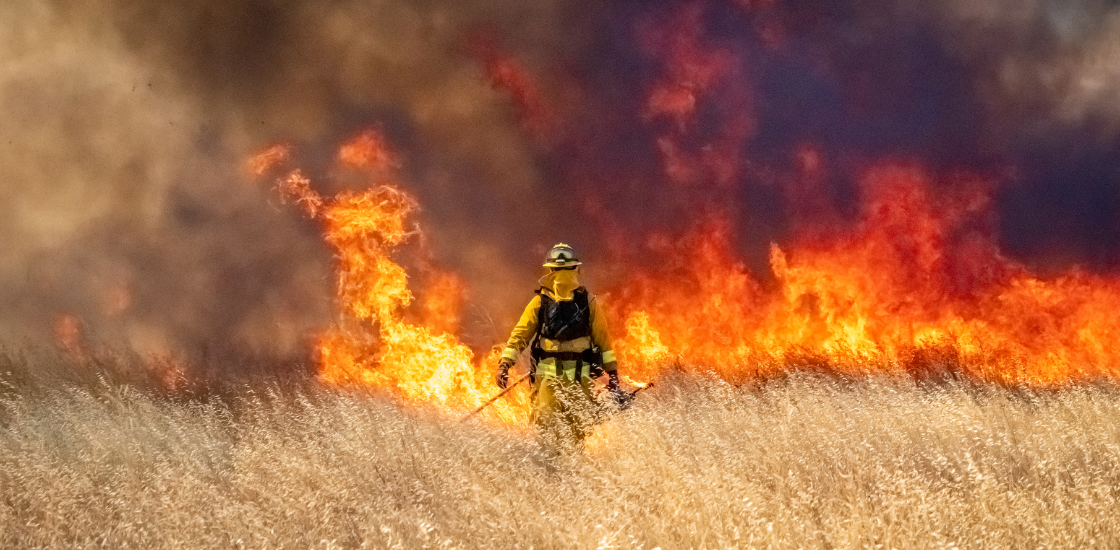In the oil and gas industry, ensuring safety and rapid emergency response is critical due to the high-risk nature of operations. From fire hazards and gas leaks to security threats like fuel theft and unauthorized access, companies must deploy advanced technologies to protect their personnel and assets. Oil and gas safety relies on robust monitoring systems, real-time tracking, and immediate response mechanisms.
A multinational corporation operating a large oil complex in the Gulf of Guinea, consisting of one primary and four subsidiary sites, has prioritized oil and gas safety by integrating advanced security technologies. With 5,000 radio subscribers and 8 control rooms, the company utilizes ATEX TETRA radios, a safety assistant app, and an extensive sensor network to enhance protection. To further strengthen its security measures, it implemented Tactical AVL by GINA.
Table of Contents
Addressing Oil and Gas Safety Challenges
The company recognized the need to improve security across its industrial area. Given the potential for emergencies such as malfunctions, fires, gas leaks, intrusions, and explosions, immediate response capabilities were crucial. The company sought a solution that would:
- Safeguard employee routes
- Protect fuel transport vehicles prone to theft
- Monitor movements efficiently
- Enforce restricted area policies
- Utilize camera systems for proactive threat detection
To meet these requirements, the company adopted Tactical AVL by GINA, an advanced security and tracking system designed for industrial environments.
Strategic Implementation of Tactical AVL
Key components of Tactical AVL include:
- Custom maps for real-time site monitoring
- Route tracking to ensure vehicle and personnel safety
- Geofencing to prevent unauthorized access and theft
- Automatic alerts for security incidents
- SOS / Man down feature for immediate emergency response
GINA has equipped security managers with advanced mapping software that provides clear visibility of vehicle and personnel movements. The integration of radios, mobile apps, and location-based tracking allows seamless monitoring of security-sensitive areas.
Geofencing has played a vital role in preventing fuel theft by triggering alerts when vehicles deviate from designated routes. The system’s tracking capabilities have also been instrumental in detecting unauthorized access attempts, minimizing incidents of vandalism and sabotage. Additionally, the integration of camera analytics has improved accident prevention efforts.
In emergency situations, such as worker injuries or gas leak detection, the man down feature and sensor network ensure an immediate response, significantly reducing reaction times and improving oil and gas safety.
The ability to import custom maps and monitor vehicle movements has provided a comprehensive view of operations, streamlining emergency response coordination. This enhanced situational awareness has been particularly beneficial during executive visits and inspections.

Impactful results
The implementation of Tactical AVL has had a measurable impact on security and operational efficiency:
- Reduction in theft – Reported fuel theft incidents have decreased by over 40% within the first year of implementation.
- Faster response times – Security managers now react 70% faster, leading to a significant improvement in overall site safety.
By integrating Tactical AVL, the company has strengthened its oil and gas safety framework, improving emergency response, situational awareness, and security measures.
If you’re looking to explore AVL technology in more detail, check out our blog on AVL software, its features, and use cases.
For more information about Tactical AVL, email us at sales@ginasystem.com or book a showcase demo directly.
